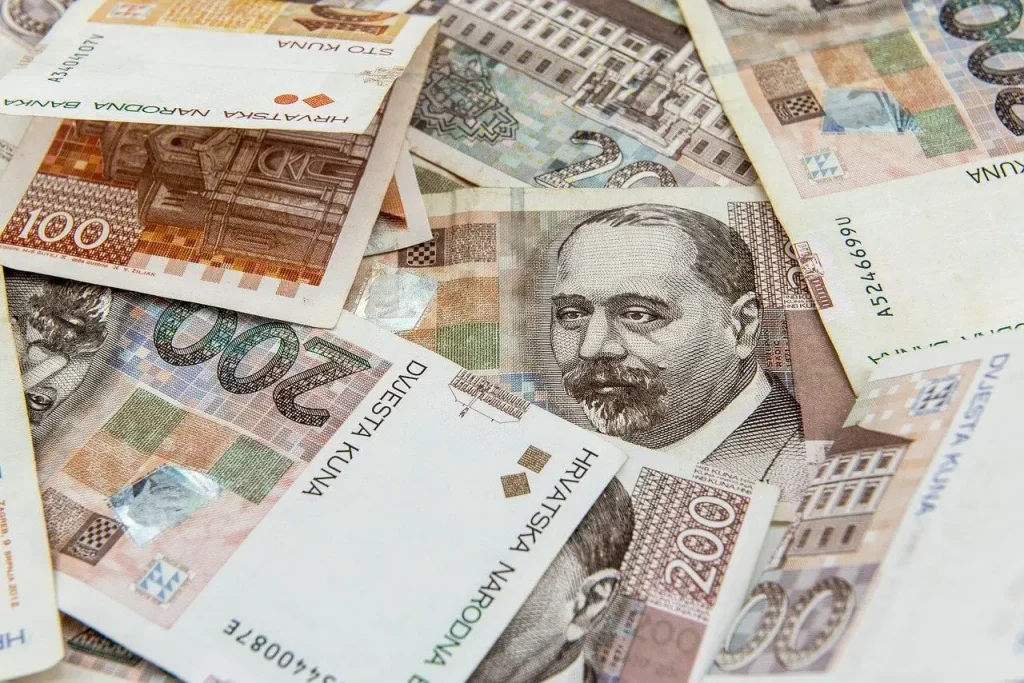A brief analysis shows that Croatia set the cost of its recovery and resilience plan at HRK 49 billion to be used for reforms and investments. After the EC went through individual items, the amount was slashed by around HRK 1 billion, the Jutarnji List daily says in its issue of Monday.
The National Recovery and Resilience Plan have adjusted to the situation because the EU has made Croatia around €6.3 billion or HRK 47.5 billion as part of its Recovery and Resilience Facility.
The prime minister’s advisor on the NPOO and its coordinator, Zvonimir Savić, said the government was satisfied with the evaluation of national recovery and resilience plans so far because even though the total amount had been reduced, “the plan’s concept, its thematic units, and reforms have been preserved to a large extent,” which, he said, was not the case with some other countries.
Asked what specifically had been reduced or changed, Savić said that none of the envisaged investments was removed from the plan but that there had been technical errors in the costs shown, resulting in the reduction of the total amount for the sub-component for a resilient, green and digital economy, which is particularly interesting to entrepreneurs, by around HRK 500 million.
Croatia originally envisaged around six billion kunas for that purpose, to be obtained through various financial instruments. Still, after the costs were reviewed with EC experts, the cost was set at HRK 5.5 billion.
Savić said that the reduction of funds referred mostly to various financial instruments but that the amount to be made available in the form of grants had, in fact, been increased.
For more on politics in Croatia, follow TCN’s dedicated page.








